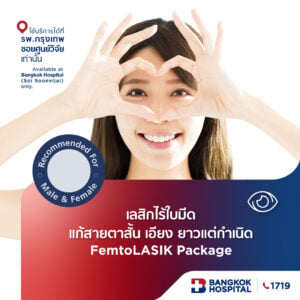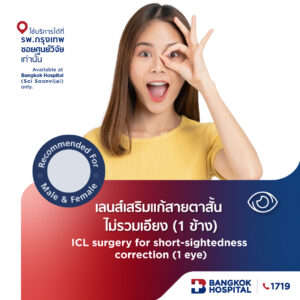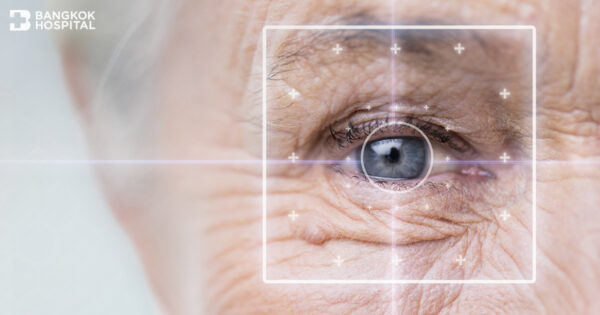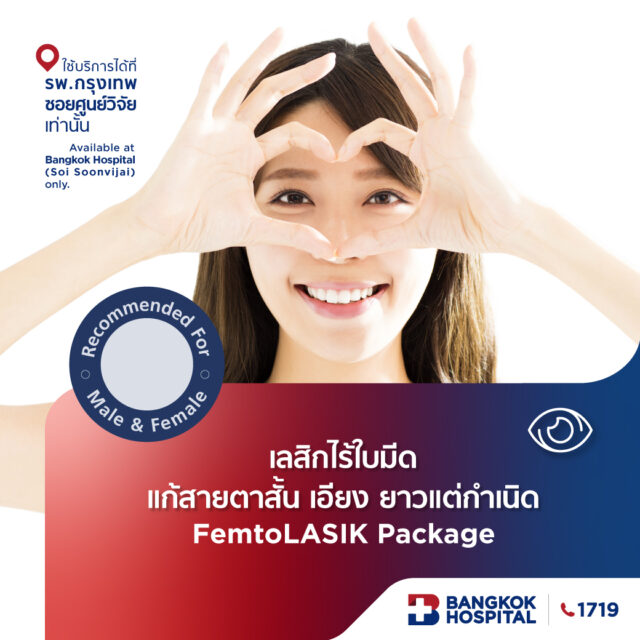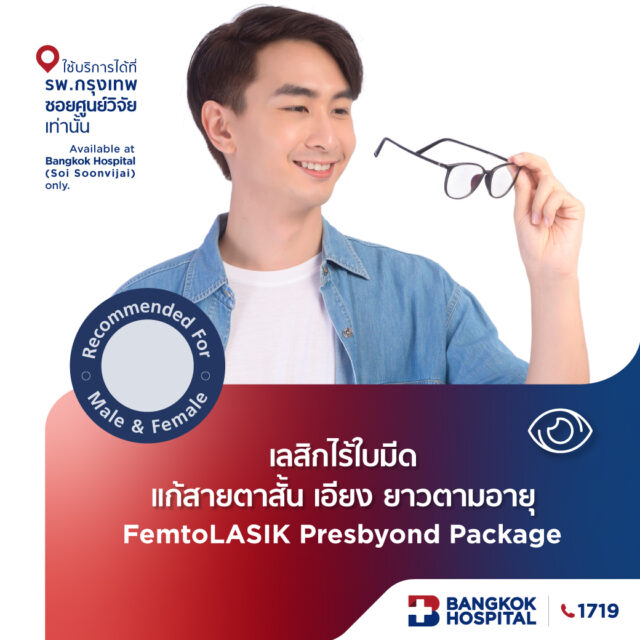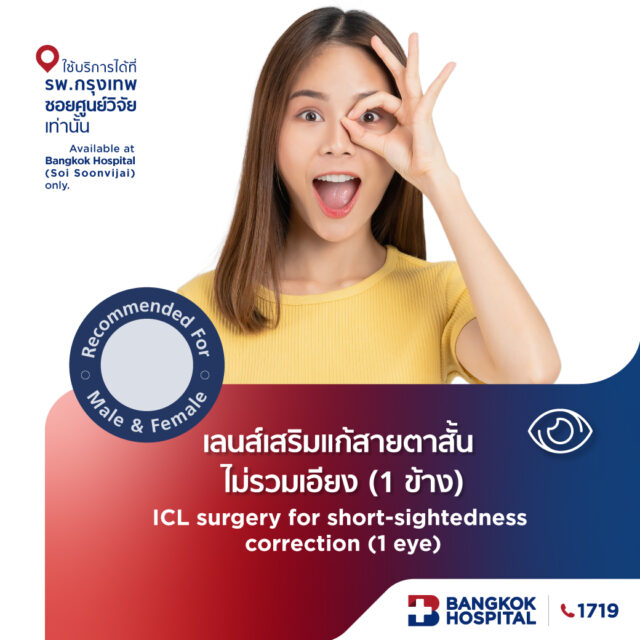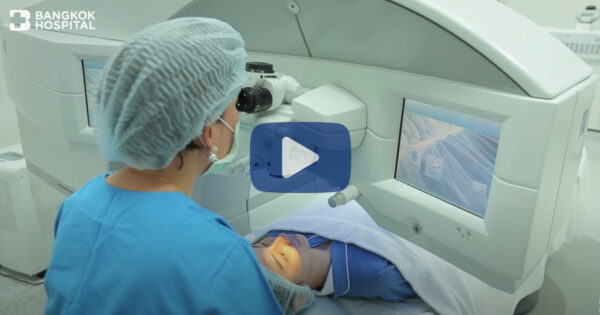For individuals with congenital nearsightedness, farsightedness, or astigmatism, and also age-related farsightedness, there are 3 options available for LASIK surgery for those older than 40:
1. Laser Blended Vision (LBV)
This is the latest innovation in treating age-related farsightedness, exclusively licensed for the MEL-80 laser that we use. After the surgery, patients will see significant improvements in distance, intermediate, and near vision compared to traditional monovision, thanks to the special features of the laser that enhance vision over a range of distances. LBV can also treat individuals with only age-related farsightedness, either in one eye or both, reducing dependence on reading glasses. However, there are limitations regarding the longevity of its effectiveness.
After LBV correction, patients will need time to adjust to using both eyes, where one is corrected for distance and the other for close vision. Generally, our brain adapts to vision by prioritizing images from the eye that sees clearly, so having one eye that does not see as clearly is not a problem. The brain adjusts to use each eye for different viewing distances. The adaptation period averages between 1-3 months, although it may vary per individual as some may adjust after the first week while others might take more than 3 months due to individual differences in adaptability.
2. Monovision
This method also corrects age-related farsightedness by identifying and correcting the dominant eye for distance vision and the non-dominant eye for near vision, reducing dependence on glasses. Near tasks can be performed without glasses. The effectiveness of the treatment lasts about 3-5 years, after which glasses might be needed for close work as one gets older.
3. Full correction
This method corrects the vision to clear distance vision only and does not address age-related farsightedness. After the procedure, patients will still need glasses for close-up work.

